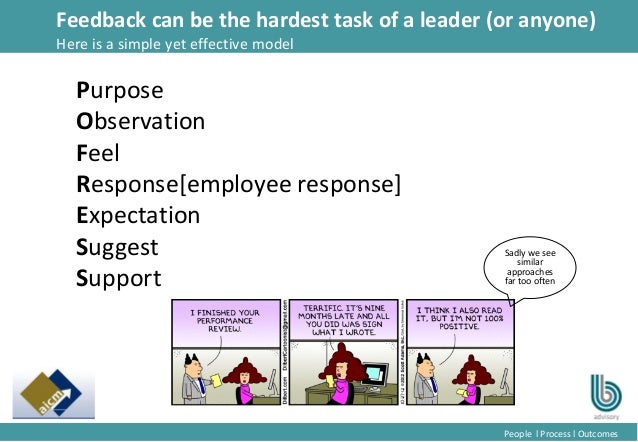
Image source: https://image.slidesharecdn.com/buildinganeffectivecreditmanagementteam-130925203427-phpapp01/95/building-an-effective-credit-management-team-18-638.jpg?cb=1380141466
Collaboration across boundaries is fundamentally different. Carly Fiorina
Executive leadership teams, the groups of senior level executives typically led by the CEOthat drive an organization, have a substantial effect on the companys culture, work environment, strategic direction, and productivity. A well- or poorly-run team can literally mean success or failure in any sized company, because of its impact on an organizations ability to innovate, respond to market challenges, communicate with investors, foster employee loyalty, and manage productivity.
Given these high stakes, how can an organizations leader maximize the effectiveness of its executive leadership team? In our experience, these teams operate using different work styles, usually based on the preferences of the CEO. The two most common styles are:
Leader-centric. In this model, the CEO uses team meetings to share information, consult with other executives on important issues, and coordinate execution of decisions that the CEO has made. The CEOs style is a forceful one: the teams members maintain loyalty within that style, fully expecting that the CEO will make most of the key decisions. Jack Welch, in his book Winning, describes a leader-centric style this way: By nature, some people are consensus builders. Some people long to be loved by everyone. Those behaviors can really get you in the soup if you are a leader.You are not a leader to win a popularity contest you are a leader to lead. (p. 72)
Versatile. In the second model, the CEO aspires to build a more collaborative executive team. While these CEOs still hold the keys, they regularly seek to differentiate between decisions that are best made collaboratively, via team discussion and consensus, and those made by the CEO after consultation and input. In Tough Choices, Carly Fiorina, former CEO of Hewlett Packard, describes this style of team leadership: Collaboration requires more consultation and agreement among peers. It requires acceptance of accountability while sharing resources. It means trusting others to do their job while knowing that others must trust you to do the same. (pp. 138-139)
The model a CEO chooses can be influenced by a number of factors, but the biggest influencer is the CEOs own beliefs about leadership, and their own perceivedor realstrengths and weaknesses as a leader. CEOs who prefer the leader-centric style are often less comfortable with the personal relationship-building part of their job. They are less skilled with the role of coaching and facilitating, one that is generally required to build a highly interdependent leadership team. Their executive team meetings tend to be more formal and reserved, because they are less comfortable with open discussion, debating different viewpoints, and using varying team decision-making styles based on the requirements of the issue at hand.
The Advantages and Challenges of Versatile Teams
Both research and real-world experience indicate that versatile, collaborative leadership teams position their companies for the best opportunities to succeed. The process of building such a team helps prepare senior executives for success in their positions, supports healthy discussion on vital issues, and sets a tone throughout the company that engages and values people. This extra effort has provided a recipe for productivity and innovation at many companies.
But to build a healthy versatile team, leaders must both believe that the model can succeed and have the skills to build one. Its no small task.
A versatile team requires an investment of time and effort to build and nurture it, because success involves generating both the trust and the agreement among peers that Fiorina describes. Strong relationships between the CEO and each individual team member and between the team members themselves can greatly contribute to its effectiveness. Heres where self-understanding and versatility on the part of the CEO will be particularly helpful, because there will be times when a direct, leader-centric approach is appropriate (such as in the early stages of the teams development), and others when the collaborative style will yield more productive outcomes.
Avoiding Pitfalls
Make no mistake: in advocating the versatile team leadership model, we are not suggesting that CEOs abdicate their decision-making responsibilities. As Welch writes, successful collaborative CEOs do not believe that all decisions should be made by consensus. They are fully aware of decisions that need to be made alone, made in consultation with certain other individual executives, or delegated to others.
Successful leaders DO take the time to consider how decisions should best be made, and have the conviction to act on those decisions. By doing so, they avoid some pitfalls of ineffective collaborative processes, such as:
Subtly manipulating the process to gain desired outcomes,
Pretending to involve team members in decisions that are already made, or
Slowing down the organization by seeking consensus on decisions that should have been made by an individual.
The good news is that a mindful, sustained executive investment in building a collaborative team yields great dividends, as team members bring their best work to the table with them, feeling valued as creative contributors. Clarity of roles is also vital, and keeps the team on course and focused. Participating in a well-functioning team is exciting, invigorating and highly productive, setting the stage for excellence throughout the organization and powerful impact on that ever-important bottom line.
